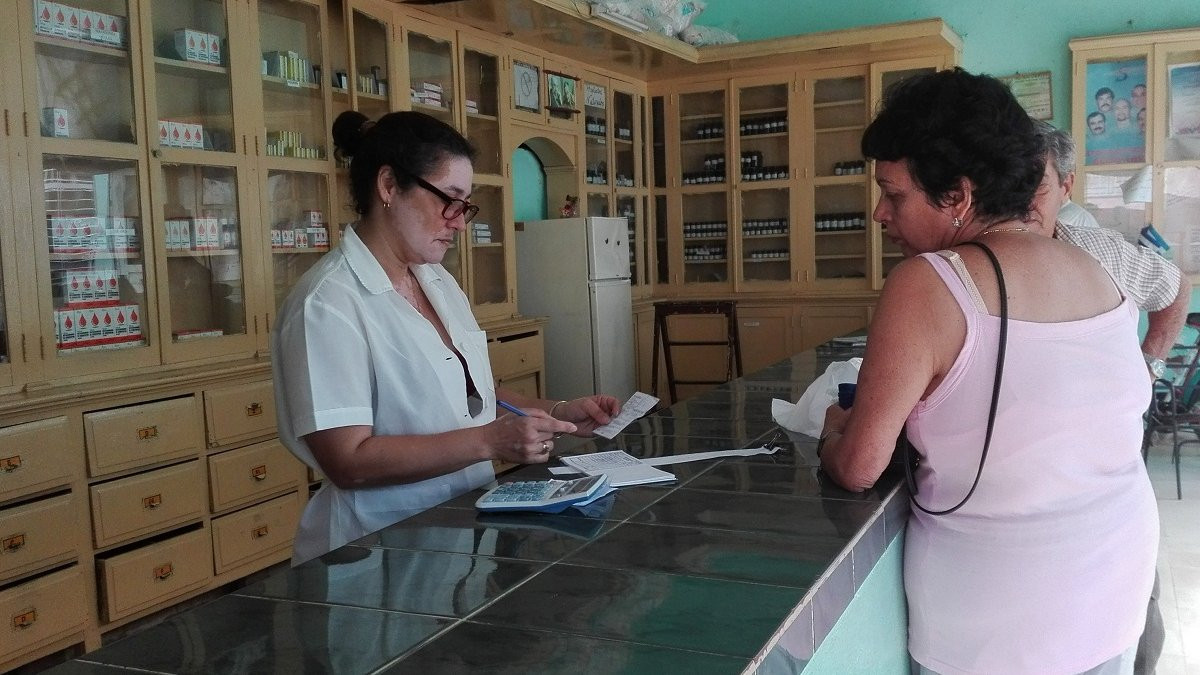
Cuban authorities appeared on Tuesday at the Roundtable to justify the rise in drug prices because they have to be imported at a high cost, as well as to explain some changes made after the unrest caused in the population preoupada by the value of these products from 2021.
The Minister of Finance and Prices, Meisi Bolaños Weiss, referred to “adjustments that have been made to the list of medicines” published in Resolution 345 of the Ministry she heads, already re-published in the Official Gazette in a correction.
“It is important to reiterate that all products that are by card, controlled, and that are complementary, maintain their current prices,” although these products “have a real increase in their prices and must be paid to producing companies,” he said. to say.
“Medicine also brings economy,” he argued on the other hand. “We must continue to support the pharmaceutical and biotechnology industry in our country, because it will also be a way to lower costs in the production of medicines and allow us to sell medicines to the population at lower prices than if we had to import,” he said. added.
“We are listening to the criteria of the population, we are listening mainly to the concerns, doubts and suggestions of the people,” in a speech in which he described as “distortions of the counter-revolutionary media” recent information in this regard.
“We realized that the drug price lists included certain lines that will not be sold in community pharmacies because they are for exclusive use in hospitals, where they are free and for this reason the list is updated by removing 50 drugs. “, he said.
For example, he mentioned quinine sulfate and sodium chloride in bag infusion, which are only used in hospitals.
Another change consists of 12 drugs that are removed from the list, or their prices are modified, because they will not continue to be exported, and such is the case of Cuban amoxicillin and dipyrone.
He reported that another 17 products are excluded based on the definition of the basic table because they will not continue to be produced or important to be replaced by others, including naproxen.
According to the minister, there will be medicines that, due to their weight, import or origin characteristics, will have different prices, such as dipyrone.
He said assessments of the issue continue to be made in the face of “changing circumstances and real costs being expressed financially”. In this sense, “these prices will be transformed and updated,” he announced.
“I hope we can grow in this 46% of drugs sold in pharmacies, with a greater share of those of domestic production because they will lower prices and cost less to the state budget,” said Bolaños.
He said that if someone has a very expensive treatment and does not have the income to buy the structures so that this person is supported by social assistance, either for low income or in a given situation. These cases must go to the family doctor and the social worker in your constituency.
Dr. Emilio Delgado Iznaga, director of Medicines and Medical Technology of the Ministry of Public Health (MINSAP), reported that today the country has a basic picture of medicines for 2021 (adjusted for financial tensions) containing 619 drugs.
Of the total, 365 are produced by the domestic pharmaceutical industry and 254 are imported imported by MINSAP, 272 are for sale in the pharmacy network and 347 for use in health institutions. This table covers the different pharmacological groups, which in turn give coverage to the main health problems of the Cuban population, he said.
“This is an ideal but costly drug box, costing more than $ 400 million, and that from the financial tensions we’ve faced, the resurgence of the blockade and the situation generated by Covid-19 was affected, resulting in low coverage, “he justified.
During the year the shortage of medicines in Cuba has been a constant. Recognized public faces, hit hard by this deprivation, have been tasked with making this situation more visible by resorting to social media and solidarity to get needed drugs.